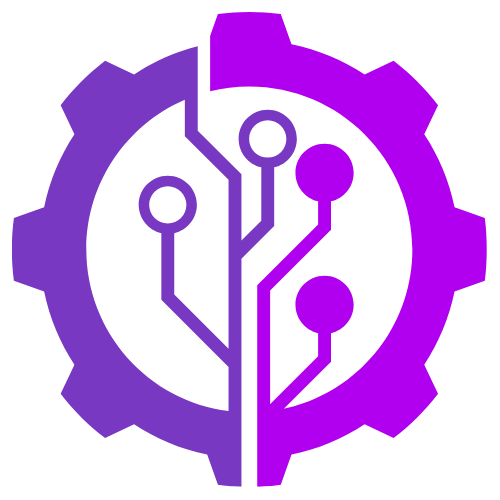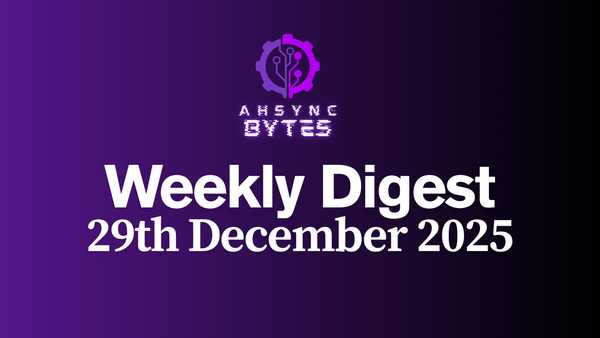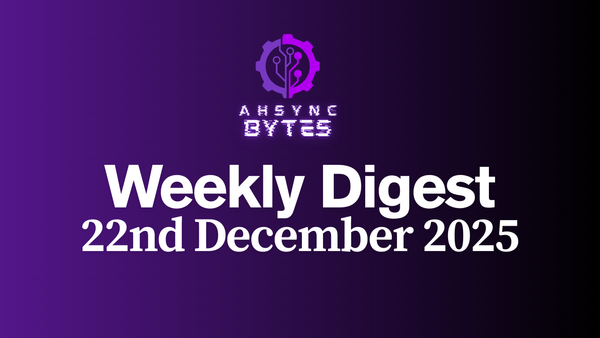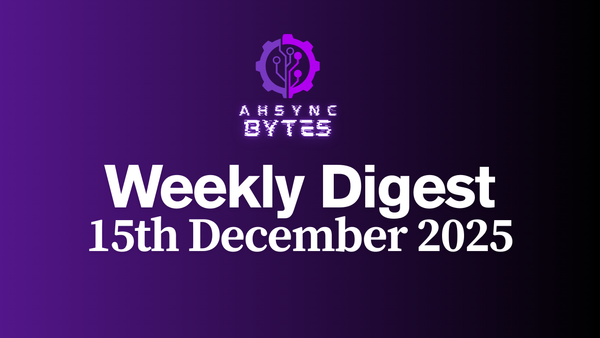Web Development Roadmap for Beginners in 2024
Learning web development can be hard, let this post help you get more clarity
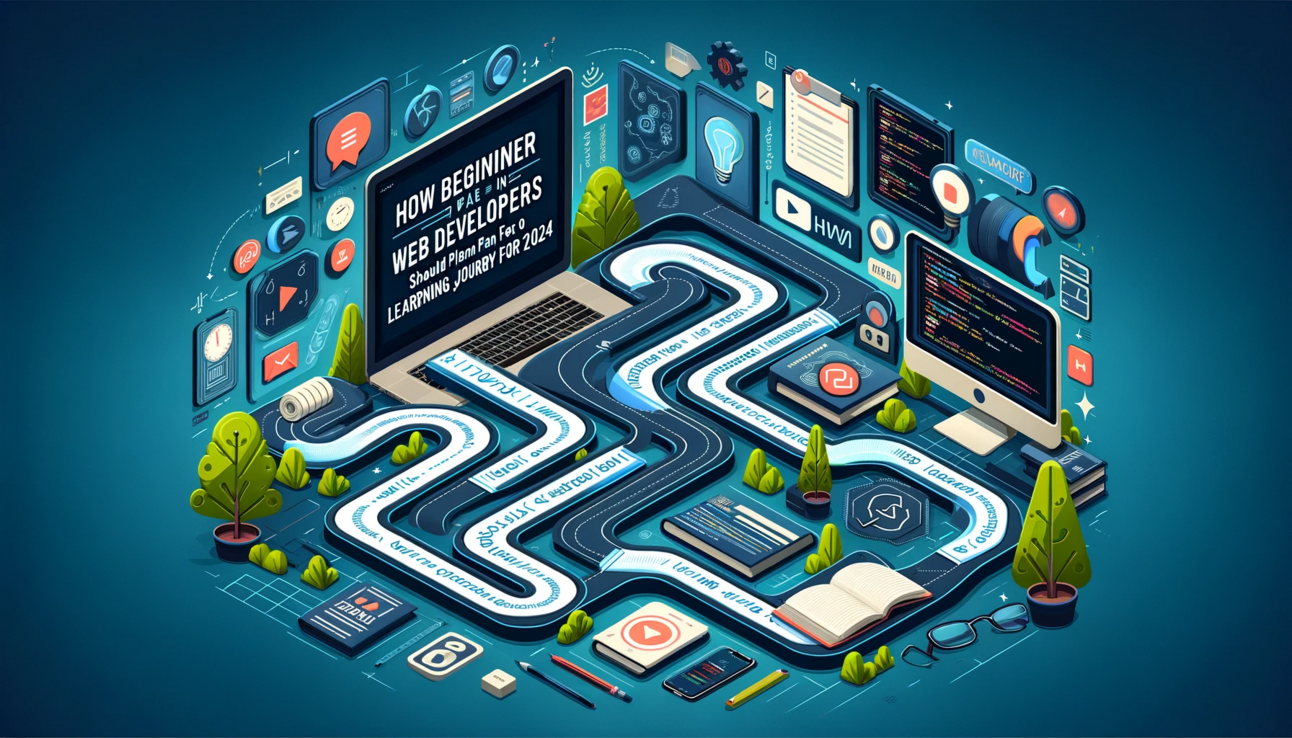
The world of web development is exciting! As a beginner, the vast amount of information and technologies can seem overwhelming. Especially with the tech hype shifting more ways than the tadpoles shifting their direction in a pond 🙂. But fear not, for this roadmap will guide you through the essential steps to becoming a competent web developer in 2024.
Phase 1: Foundational Knowledge
- HTML & CSS:
- The building blocks of every website.
- HTML provides the structure.
- CSS controls the look and feel.
- Learn the basics of tags, attributes, selectors, and properties.
- Interactive tutorials and playgrounds are available online.
- Helpful GitHub repositories:
- freeCodeCamp/freeCodeCamp (https://github.com/freeCodeCamp/freeCodeCamp)
- EbookFoundation/free-programming-books (https://github.com/EbookFoundation/free-programming-books)
- JavaScript:
- The programming language that brings websites to life. It is the very thing that makes it possible for the user to interact with the web apps.
- Learn variables, data types, functions, and DOM manipulation.
- Practice writing simple code on platforms like CodePen or JSFiddle.
- Helpful resources:
- jwasham/coding-interview-university (https://github.com/jwasham/coding-interview-university)
- sindresorhus/awesome (https://github.com/sindresorhus/awesome)
- Writing clean JavaScript code.
- Version Control:
- Track changes and collaborate effectively.
- Git is the most popular version control system.
- Learn basic commands like add, commit, and push.
- Helpful GitHub repositories:
- kamranahmedse/developer-roadmap (https://github.com/kamranahmedse/developer-roadmap)
Phase 2: Front-End Development
- Frontend Frameworks:
- React or Angular make building complex and interactive UIs easier.
- Helpful GitHub repositories:
- Facebook/react (https://github.com/facebook/react)
- Angular (https://github.com/angular/angular)
- CSS Frameworks:
- Bootstrap and Tailwind CSS provide pre-designed components and styles. Try using Daisy UI built with Tailwind CSS as well.
- Save time and effort in development. Learn by coding and practicing.
- Responsive Design:
- Ensure websites look good and function well on all screen sizes.
- Learn principles of responsive design and media queries.
Phase 3: Back-End Development (Optional)
- Popular back-end languages: Python, Node.js, Java.
- Choose one that aligns with your interests and career goals.
- Helpful resources:
- TheAlgorithms/Python (https://github.com/TheAlgorithms/Python)
- goldbergyoni/nodebestpractices (https://github.com/goldbergyoni/nodebestpractices)
- spring-projects/spring-boot (https://github.com/spring-projects/spring-boot)
Phase 4: Practice & Build Projects
- Solidify learning by building projects:
- Start with small projects like a simple portfolio website.
- Gradually increase complexity.
- Participate in online coding challenges and hackathons.
Additional Resources
- Online Courses: Coursera, edX, Udemy.
- My Courses:
- if you understand Urdu/Hindi, check out the free course. If you don't under
- If you're familiar with English, check out this one.
- MERN (Mongo DB, ExpressJS, React & NodeJS) crash course.
- Web Development Communities: Online forums, meetups, join the code with ahsan discord.
Remember:
- Becoming a web developer is a journey, not a destination.
- Be patient, consistent, and have fun!
- Customize this roadmap based on your interests and goals.
- Explore different technologies and find your passion.
- With dedication and hard work, you can achieve your dream!
